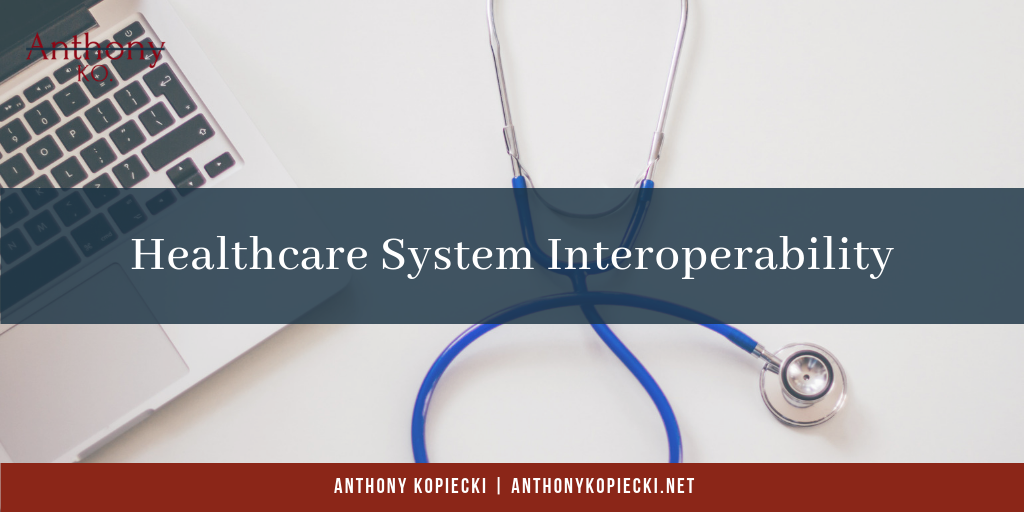Networked computerized systems are taking over almost every industry and making the world more connected. Connection speeds are increasing as well, allowing for quicker communication and automated data sharing. As computer systems are increasingly networked together, those in the healthcare industry are considering interoperability, both in terms of its benefits as well as its problems. So what is interoperability?
Interoperability is a computerized systems’ ability to connect and communicate with any system no matter the manufacturer or industry. This includes sharing and interpreting data. According to HIMSS (Healthcare Information and Management Systems Society), “For two systems to be interoperable, they must be able to exchange data and subsequently present that data such that it can be understood by a user.” Overall, creating a seamless interoperability standard can help improve healthcare by making necessary information available to providers and patients alike.
There are a few components or levels of “health information technology interoperability” that are necessary for its success in the industry:
Foundational: This level of interoperability is crucial for creating the foundation of exchanging information between computer systems. Inter-connectivity between systems is established in order to share and receive necessary data. It’s important to note that foundational interoperability doesn’t include interpreting the data received by another system without intervention from a user or other technology.
Structural: Structural interoperability is simply the structure of data exchange. According to the Advanced Data Systems Corporation, structural interoperability is all about the ”standards that govern the format of messages being sent from one system to another, so that the operational or clinical purpose of the information is evident and passes through without alteration.” It is a way to make sure that all data exchanged can be interpreted at a data field level. One excellent example of the structural level is a database of patient records.
Semantic: Semantic interoperability is different from the first two levels because two or more systems can exchange information, then interpret and use the information collected to gain insightful knowledge. The data codified at this level makes it possible to share patient information between two providers, even if the providers are on different EHR systems. With proper semantic interoperability healthcare providers can improve overall patient quality, cut costs, and boost efficiency. This is because readily available data makes it easier and quicker to communicate patient information.
Sufficient interoperability helps to save communication time between providers as well as between patients and doctors. In the long run this can lead to a boost in patient engagement and outcomes. This is because less time is spent on communication and more on actually treating the patient.
